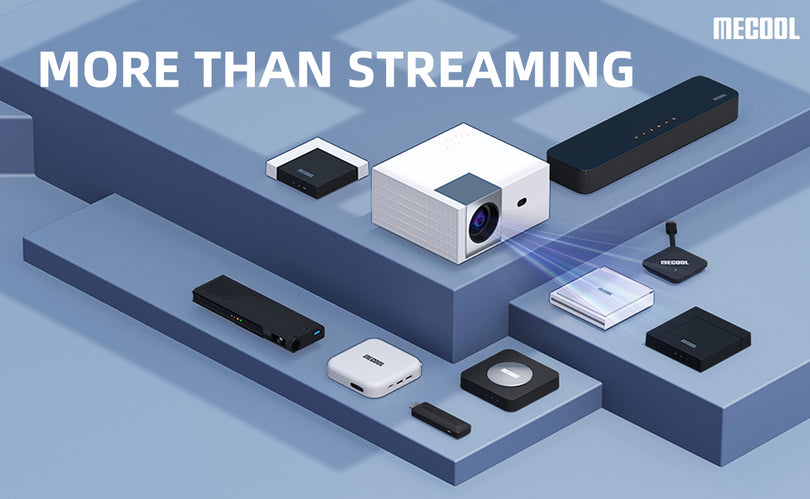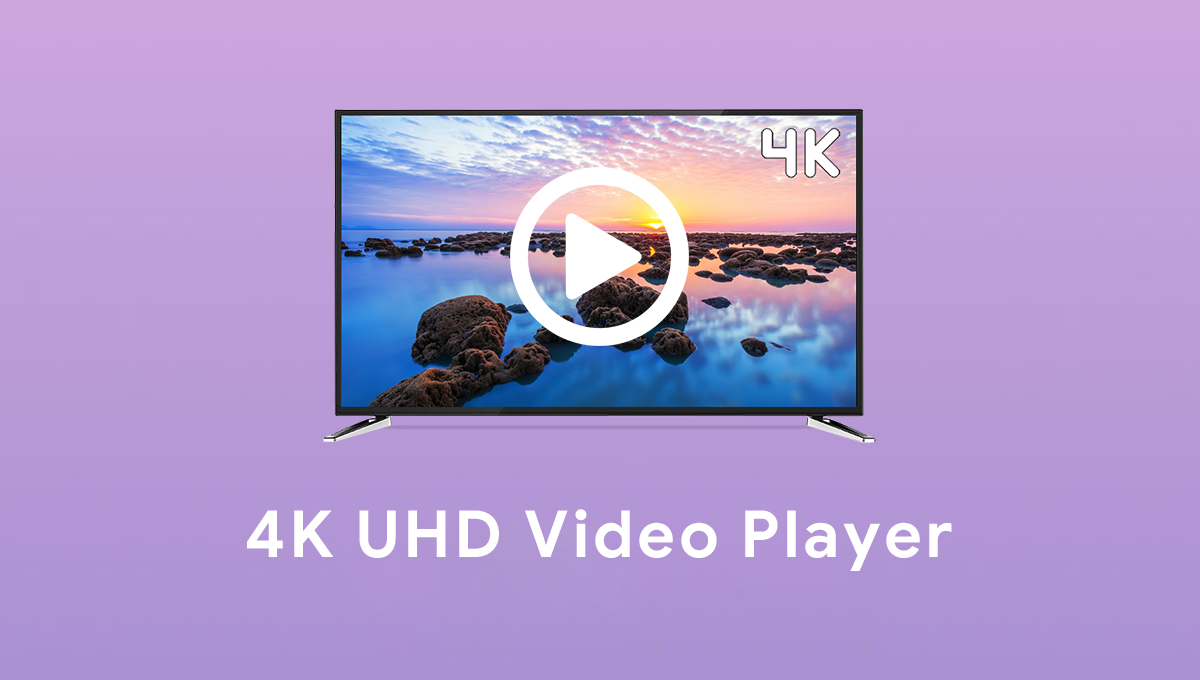4K technology is mature, facing an explosion, leading the trend. Whether it is a large-scale international exhibition or a large-scale domestic electrical appliance mall, 4K TVs and TV boxes that support 4K are very popular and active.
At present, the so-called high-definition resources of most video websites are only a reduced version of 720P. Although the resolution has reached 720P, the standard bit rate (the number of data transmissions per unit time) is still at a low level. Therefore, 4K has become the main selling point of TV boxes in the market.
But the fact is that most TV boxes use H.264 technology, which only supports 4K TV resolution output, and the playback resources are still 1080P or even 720P video. TV boxes that adopt the H.265 decoding standard can play 4K resources normally and smoothly.
Since the file size of 4K video itself is much larger than that of ordinary video, the file size can reach tens of gigabytes through H.264 technology, and online playback will be very slow, and even buffering will fail. And when playing 1080P or 720P files through a TV box that only supports 4K output resolution (that is, simply changing the resolution of the TV screen), the picture will become blurred. Because the resolution and pixel blocks of 4K screens and 1080P screens are different, and the original format of the file cannot be changed, the pixels can only be stretched to play during playback, resulting in poor picture quality.
Only by using H.265 technology to re-encode and compress 4K video can the size of 4K video be effectively reduced and online playback under normal network conditions can be guaranteed. The H.265 standard revolves around the existing video coding standard H.264 and uses advanced technology to improve the relationship between code stream, coding quality, delay, and algorithm complexity to achieve optimal settings. The specific research content includes: improving compression efficiency, improving anti-terror ability, reducing real-time delay, reducing channel acquisition time and random access delay, reducing complexity, etc. Due to the optimized algorithm, H264 can realize standard definition digital image transmission at a speed lower than 1Mbps; H265 can transmit 720P (resolution 1280*720) ordinary high-definition audio and video, and the transmission speed is 1~2Mbps.
Therefore, the H.265 decoding standard should be adopted to be called a real 4K TV set-top box.
Judging from the current TV boxes on the market, MECOOL KM6 TV box supports the H.265 decoding standard. Moreover, MECOOL KM6 TV box playback resources are compared to other resources that require paid boxes, and there is no payment or inability to watch the content. The movie section also classifies and distinguishes 4K movie resources and will update them. At the same time, local high-definition video playback also supports multiple video and audio formats.
Generally speaking, 4K ultra-high-definition picture quality is the development direction of future network video. However, due to the scarcity of movies and TV series filmed in the 4K standard, 4K technology has been reduced to an advertising gimmick for product manufacturers, which is useless. Therefore, it is the most cost-effective choice to invest less in watching 1080P TV series. In response to this phenomenon, MECOOL KM6 TV box uses its own H.265 encoding technology to truly integrate 4K and 1080P. Whether watching videos on Google, YouTube, or other websites, it can be almost flawless.
To fully understand 4K, it needs to be understood from four latitudes, namely resolution, color depth, color gamut, and frame rater
- Solve
4K resolution has different standards in different fields, and the standard for home use is 3840*2168.
- Color Depth
Comparing this technical term, in vernacular, it means that the richer the color of a picture, the more data is used to express the color. For example, red can be divided into several kinds of reds, such as dark red and light red. If there is a lot of data used to represent red, then all kinds of red can be displayed. If there is little data, it may only show dark red.
- Color range
A gamut is a color space. The colors in nature are endless, which can be understood as the color space in nature is infinite. However, regarding the colors of the pictures we took, due to the limited data on the colors mentioned above, it is impossible to cover all the colors in nature. We can only say that it is necessary to cover the infinite color space of nature as much as possible, and how much space can be covered in the color gamut that can be achieved.
- Frame rate
When you watch a video, you know that the video is actually composed of pictures, and when the pictures move, it becomes the video. One second of the video consists of N pictures, where N is the frame rate. For example, P60 says that there are 60 pictures in one second of video.
Speaking of which, let's get back to the chip. If a 4K video has a resolution of 4K, a color depth of 8bit, a frame rate of 60, and integrated HDR technology, the chip decodes the video to 4K resolution and decodes 60 frames per second according to the color of the 8bit rendered image to restore the image HDR effect. This chip is a 4K chip, and the set-top box equipped with this chip is a 4K set-top box.
The MECOOL KM6 TV Box comes with up to 4GB of RAM, 64GB of storage, Gigabit Ethernet, and WiFi 6 connectivity, and runs Android 10 on top of Android TV (Android 10.0 ATV).





1 commentaire
JERRY BOYD
Have 2 KM6 boxes 64K work great would recommend.
Have 2 KM6 boxes 64K work great would recommend.